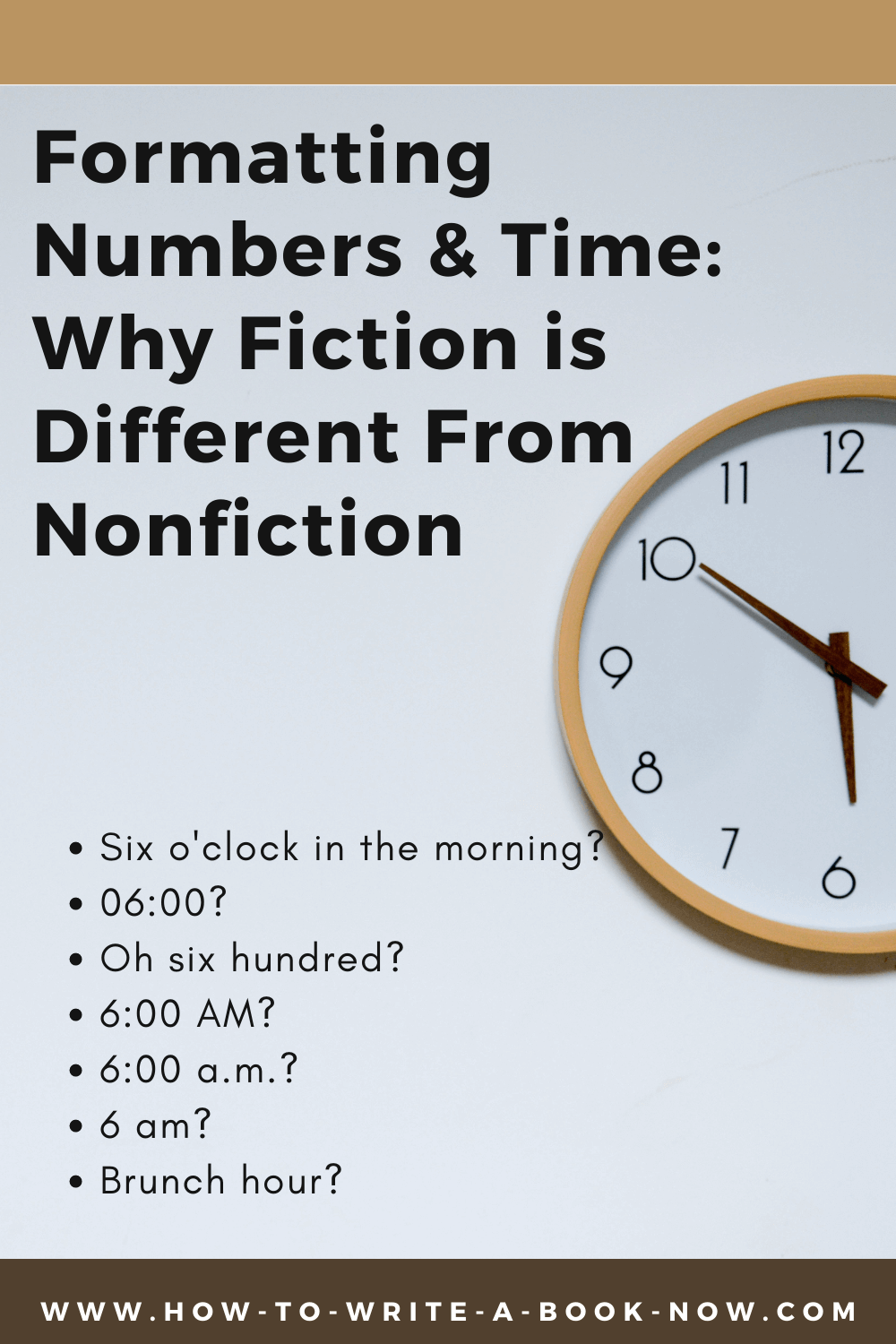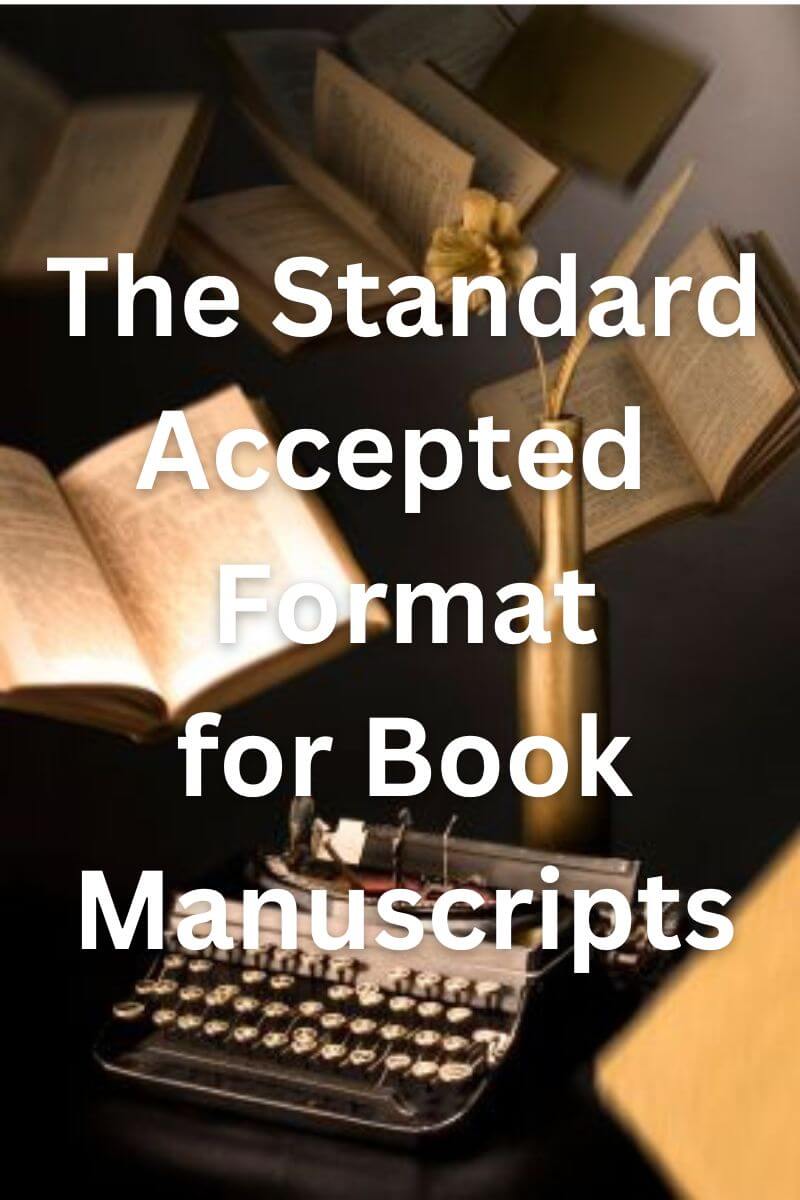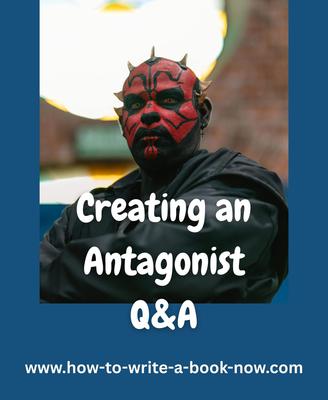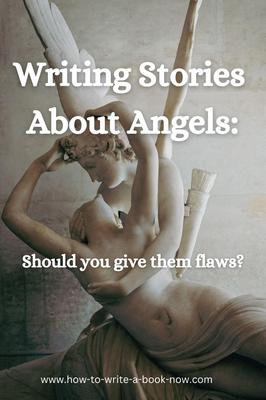How to Format Numbers in Manuscripts: Fiction vs. Nonfiction
By Glen C. Strathy
How do you format numbers in manuscripts? Or, as a previous visitor to this site asked,
“When describing a character's height in a manuscript should it be written in words or can numbers be used? Example: 5" 10" or five feet ten inches. The same question [goes] for time, 1:00 or one o'clock?”
Here’s my take...
For Nonfiction: Follow Style Guides to Format Numbers
Most printed language is nonfiction, which has the purpose of informing or persuading the reader. Nonfiction includes everything from blog posts to reference books. Because of this, most style guides are written for nonfiction writers.
In nonfiction, numbers often need to be precise. Precise numbers carry an air of authority that is persuasive. They let you know a scientist or researcher has taken the time to accurately count or measure what the numbers refer to. In some cases, the reader may wish to use the numbers in a reference book as the basis for some calculations of their own, so the numbers need to be exact.
Also, numbers take up less space than words. Expressing numbers as numerals rather than words throughout a journal or book can save enough paper to lower the printing cost.
For these reasons, numerals are a more common way to format numbers in manuscripts that are nonfiction. Generally, you only write a number in words if it is less than ten or it appears at the start of a sentence. You will also use symbols and abbreviations to save space. (For instance, you will write “$10” rather than “ten dollars,” “22°C” rather than “twenty-two degrees Celsius,” “5’10”” rather than “five foot ten,” “1:00 p.m.” rather than “one o’clock,” and “17%” rather than “seventeen percent.”)
There
are several standard style guides for nonfiction, depending on what
country you live in. In the US, The
AP Stylebook and The
Chicago Manual of Style are standard. Refer to your chosen style guide whenever you are in doubt.
However, fiction is a little different.
In Fiction... You Have More Options for Formatting Numbers
Fictional stories are meant to be told by one person to another. Their roots lie in the storytelling ancient people conducted around cooking fires or in community gatherings -- or the bedtime stories most parents tell their children. We read fiction with the assumption that the text represents something akin to a script to be used in a recitation of the story. (And yes, that assumption is akin to a legal fiction, but it’s necessary to enjoy the story.)
Because of the relationship between fiction and oral storytelling, most fictional stories are written so they can be read out loud. This is why most novels can also be published as audiobooks with few alterations.
Of course, there are always exceptions. Fictional stories that depend heavily on visual elements cannot be read aloud without first being re-written. Comic books are one example, because much of the action is shown in pictures rather than told in words. Some experimental books also cannot be read aloud because they depend on elements like format and typography that must be seen rather than spoken.
But generally, you write fiction so that it can be read aloud.
Novels or short stories should be written using a format that reflects the way people speak. This is obviously true for dialogue. First-person narration should be written to indicate how the main character would speak.
An omniscient or third-person narrator may use a more formal style of language than a character-narrator. But an omniscient narrator is still presumed to be the author or a nameless storyteller who is telling the story orally. So even with this type of narration, the story should be written in a format that makes it easy for someone to read it aloud.
Getting back to the issue at hand... How easily numbers can be read aloud often depends on how they are formatted.
In a fictional manuscript, you will write numbers up to 100 (and sometimes larger numbers too) as words rather than numerals more often than you would in nonfiction. Words convey how people speak better than numerals.
Note that this is partly because, in everyday spoken language, numbers are often imprecise. A person will say, “I’ll be back in half an hour,” or “I’ll be back around four thirty. (The guidelines for formal English insist one should say “half after four,” but in my neck of the woods I’ve never heard anyone say that. The closest expression I’ve heard in conversation is “half past four.”)
Regardless, people don’t usually say, “I’ll be back in 0:30:17 minutes,” or “I’ll be back at 4:36 p.m.” People speak using approximations because it makes conversation easier and they don’t need to be precise.
Similarly, you would write "five thousand soldiers" rather than "5,000 soldiers" when the character/narrator is just giving an approximation -- using a nice round number.
Same thing with time of day. In life, a person might say to someone, "I'll be there by two o'clock" or "around two," knowing that they won't be held to the exact time. Fictional characters will do the same.
The exceptions to this guideline, both in fiction and in real life, are situations where precise facts and figures are important. How you format numbers in manuscripts should support the authenticity of your story by being precise when it matters in the situation.
If you’re writing a story about a group of professional thieves executing a heist, in which precise timing is essential, it may be more authentic for your character to say, "We will assemble at exactly 2:53 a.m."
You would also be more likely to use numerals if you are writing the story in the style of a nonfiction document, such as a report made by a police detective, reporter, or scientist (perhaps because your narrator is such a professional). For instance, "03-22-2023, 10:15 PM. I was staked out in front of City Hall..."
Or, if a character is a military analyst who needs to tell his commander the exact number of soldiers, you might write something like, "4,984 soldiers." Using numerals makes more sense in a situation where you want to make clear the precise number matters. Besides, writing "four thousand nine hundred eighty-four soldiers" is unwieldy.
That brings up another issue... In a work of fiction, you should avoid having a lot of long, precise numbers because it makes it more of a chore to read. Few people use such numbers in conversation. It would be tiresome for someone to read a story with a lot of long, precise numbers, whether they are written in words or numerals. In fact, most readers will just skip or skim them, whether they are reading out loud or silently.
Another reason for having a character use precise numbers might be to illustrate something about their personality. For example, Spock in the original Star Trek series often spoke using precise numbers, because it showed he was a scientist with a mind that valued precision.
But, unless you have a good reason why your character or narrator would use a precise measurement, a statistic, or an exact moment in time, it is better to use words rather than numerals. Write "six-foot-two" or "one o'clock," because that reflects how a real person would speak.
For the same reasons, in fiction you will generally write "twenty percent" rather than "20%," "ten dollars" rather than "$10," and "five inches" rather than “5” followed by inverted commas.
Usually, a character will sound more true to life if she says, "It feels hot outside!“ or even "It must be eighty degrees outside!” rather than “It feels like 80°F outside!”
Of course, changing technology affects how people speak. In the nineteenth and early twentieth-century, people kept track of time using clocks and watches with round faces and hands. Nowadays, more people check the time on a device with a digital display, such as a cellphone or a computer. So it is common now to have a conversation like this:
“What time is it?”
“It’s 10:02.”
In a story that takes place before 1970 (or a conversation between characters born before 1970), the character would more likely have answered, “It’s ten o’clock,” or “It’s just past ten.”
Be Consistent With How You Format Numbers in Manuscripts
In some cases, you have a number of options for how to format numbers in manuscripts. For instance, a time like “eight o’clock in the morning” can be written in any of the following ways...
8:00 AM
8:00 a.m.
8:00 am
8 am
Publishers and editors usually have a preferred format based on their chosen style guide that they want you to follow.
If you don’t have an editorial demand (because you don’t yet have a publisher), you are free to follow the style guide of your choice. But don't mix formats. Once you have chosen a format, stick with it consistently throughout your manuscript. The only exceptions would be modifications you might make for the purpose of characterization, narrative voice, or milieu.
For
instance, if your characters are soldiers, you might write “08:00,”
because that is how the time is typically written in the military. Writing it that way helps portray the milieu. Even though
it would be pronounced “oh eight hundred,” you would not write it that way using words because no one in the military ever writes it that way.
To Summarize:
A. When writing nonfiction, format numbers in manuscripts according to whichever standard style guide you choose or your editor insists on.
B. When writing fiction, you should modify the format...
- To better illustrate your characters, the narrative voice, or the milieu in which the story takes place.
- To make it easy for someone to read the story aloud or to imagine the story being read aloud.
This includes writing more numbers in words than you might in nonfiction.
C. Be consistent with whatever style guide and format you choose.























